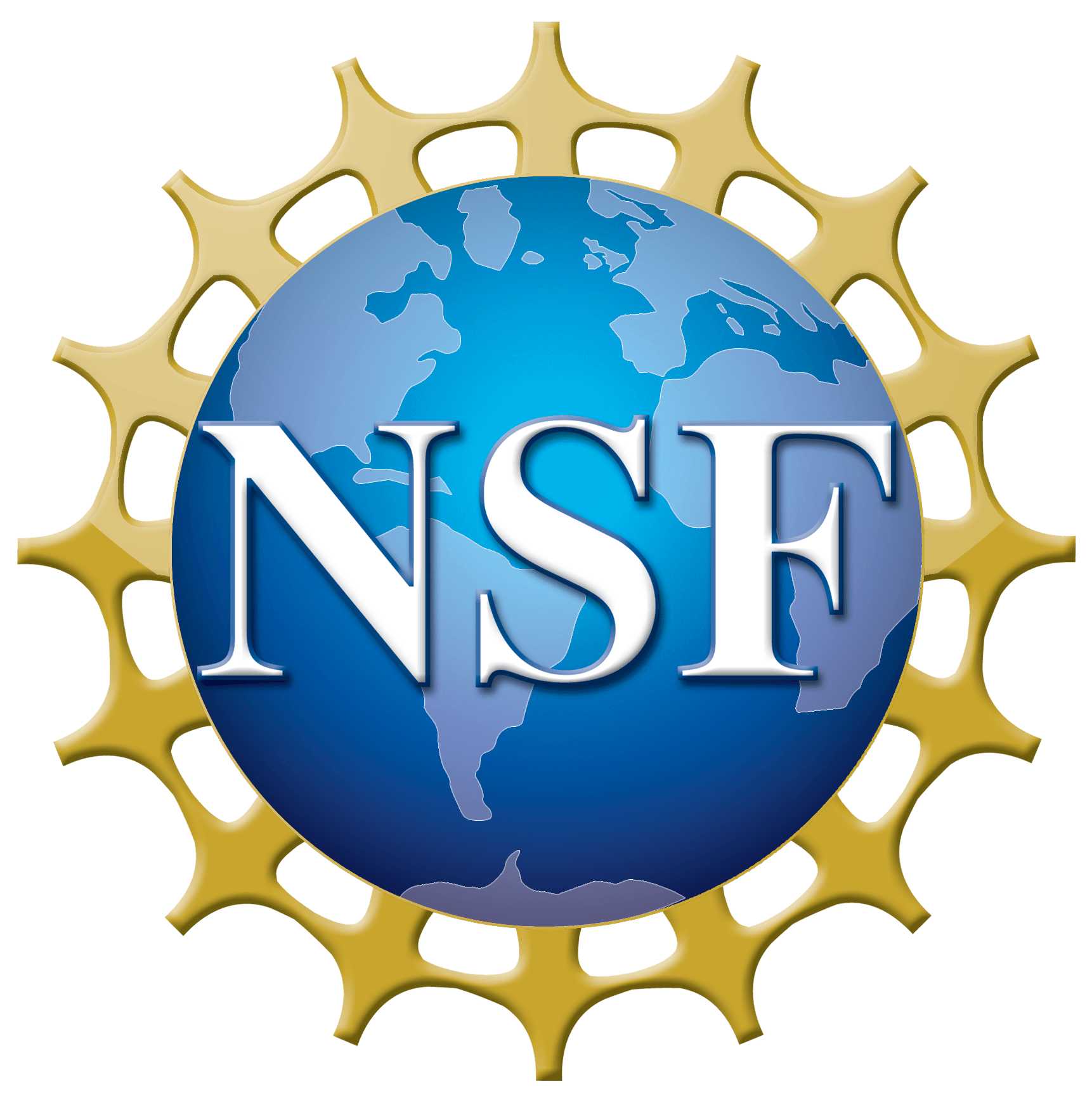Latest NRAO News
News is managed by NRAO News & Public Information. Questions about News? Have a story to share? Want to interview a scientist or create new media about our telescopes?
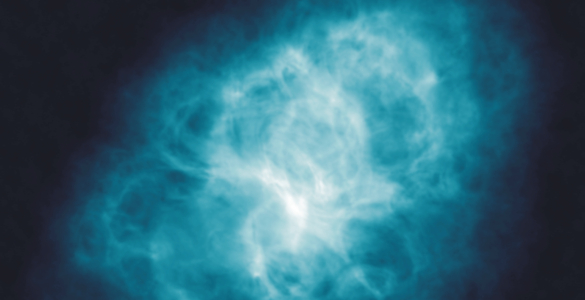
In a major breakthrough for understanding what one of them calls ‘the most exotic environment in the Universe,’ a team of astronomers has discovered that powerful radio bursts in pulsars are generated by structures as small as a beach ball.
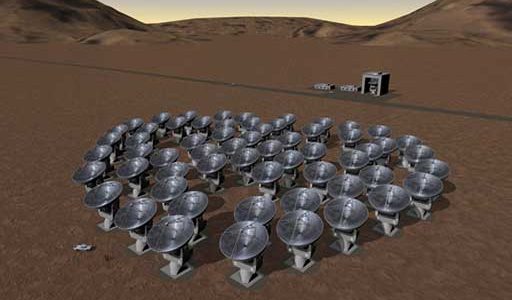
Dr Rita Colwell, director of the U.S. National Science Foundation, and Dr Catherine Cesarsky, director general of the European Southern Observatory, today signed a historic agreement jointly to construct and operate ALMA, the Atacama Large Millimeter Array, the world’s largest and most powerful radio telescope operating at millimeter and sub-millimeter wavelengths.
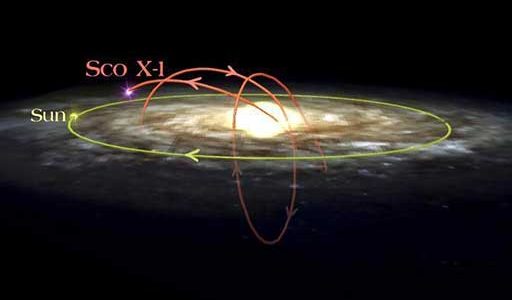
Astronomers have traced the orbit through our Milky Way Galaxy of a voracious neutron star and a companion star it is cannibalizing, and conclude that the pair joined more than 30 million years ago and probably were catapulted out of a cluster of stars far from the Galaxy’s center.
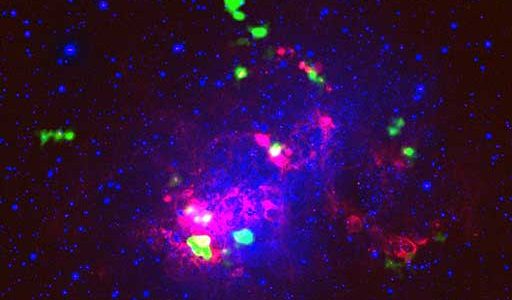
An intensive study of a neighboring dwarf galaxy has surprised astronomers by showing that most of its molecular gas — the raw material for new stars — is scattered among clumps in the galaxy’s outskirts, not near its center as they expected.
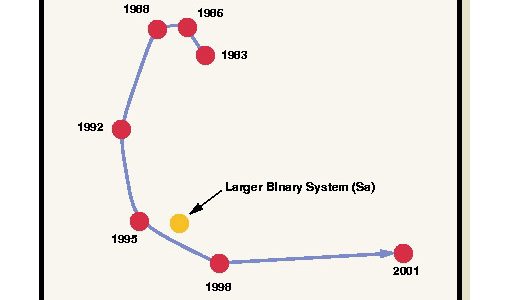
Astronomers analyzing nearly 20 years of data from the National Science Foundation’s Very Large Array radio telescope have discovered that a small star in a multiple-star system in the constellation Taurus probably has been ejected from the system after a close encounter with one of the system’s more-massive components, presumed to be a compact double star. This is the first time any such event has been observed.
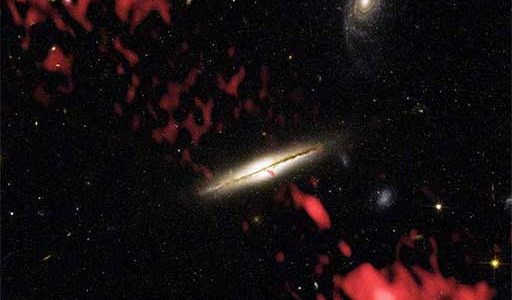
Giant jets of subatomic particles moving at nearly the speed of light have been found coming from thousands of galaxies across the Universe, but always from elliptical galaxies or galaxies in the process of merging — until now.




